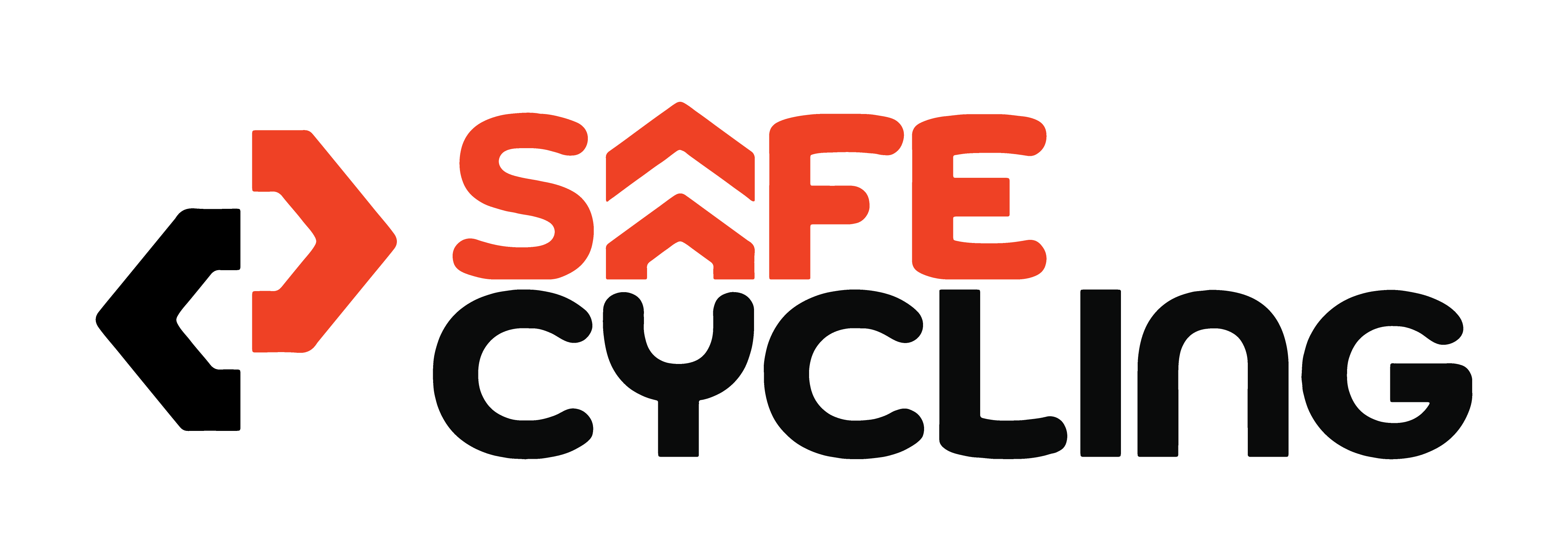Building a Communication Plan
Introduction A well-crafted communication plan facilitates clear, consistent, and effective messaging across all channels and stages of your event. It helps manage expectations, promotes the event effectively, and enhances participant engagement.
1. Define Your Communication Objectives
- Clarify Goals: Determine what you aim to achieve with your communications. Objectives may include increasing event attendance, enhancing participant engagement, or boosting sponsor visibility.
- Target Audience: Identify who you need to communicate with. This could include potential participants, sponsors, local community members, or media outlets.
2. Develop Key Messages
- Core Message: Create a clear and compelling core message that encapsulates the essence of your event. This message should resonate with your target audience and reflect your event’s unique attributes.
- Supporting Messages: Develop a series of supporting messages that address different aspects of the event, such as the benefits of participating, details about the venue, or the goals of the event.
3. Choose Communication Channels
- Digital Media: Utilize a range of digital platforms such as social media, email newsletters, and the event website. Choose platforms based on where your target audience is most active.
- Traditional Media: Consider traditional media outlets such as local newspapers, radio, and television for reaching broader or non-digital savvy audiences.
- Direct Communication: Use direct communication tools like SMS, phone calls, or face-to-face meetings for urgent messages or specific audience segments.
4. Create a Content Calendar
- Scheduling: Develop a timeline for when each piece of content will be released. This should align with key dates leading up to and following the event.
- Content Types: Plan different types of content, such as promotional videos, blog posts, press releases, or social media posts, tailored to various platforms and stages of the event promotion cycle.
5. Allocate Resources
- Assign Roles: Determine who in your team is responsible for creating, approving, and distributing each type of content.
- Budgeting: Allocate a budget for communication activities, especially for paid advertising, professional media production, or specialized software tools.
6. Implement the Plan
- Execution: Begin rolling out your communications according to the schedule. Ensure that all content is on-brand and aligned with the core messages.
- Adaptation: Be prepared to adapt your communications in response to feedback or unexpected changes in circumstances surrounding the event.
7. Monitor and Adjust
- Feedback Loops: Establish mechanisms for monitoring the effectiveness of your communications. This can include tracking engagement metrics on digital platforms, collecting participant feedback, and reviewing media coverage.
- Continuous Improvement: Use the insights gained from monitoring to make real-time adjustments to the communication strategy and improve future messaging.
Conclusion A structured and thoughtfully implemented communication plan is critical to the success of any event. By clearly defining your objectives, carefully selecting your channels, and diligently monitoring the impact of your messages, you can ensure that your event not only reaches its audience but also resonates with them, driving engagement and participation.

